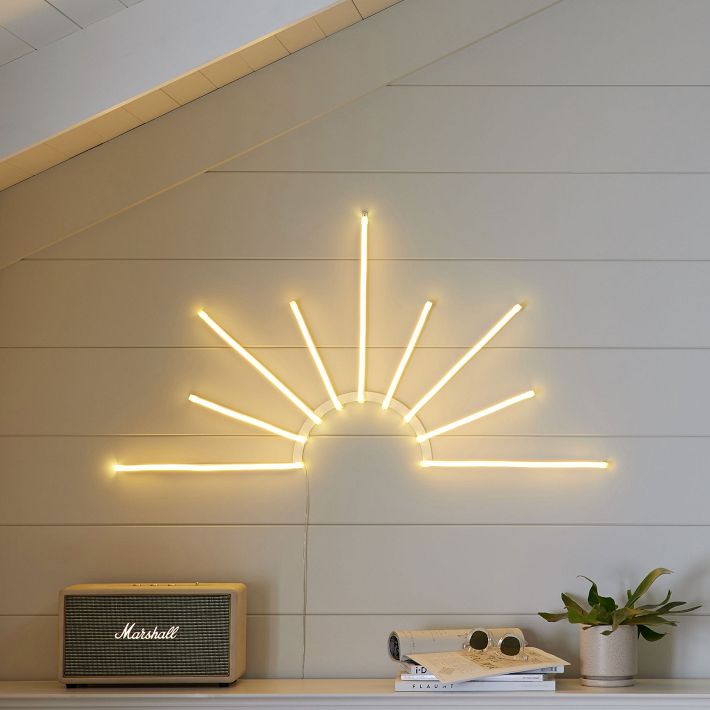Examining the Wide-ranging Integration Options Offered for LED Display Modules
Examining the Wide-ranging Integration Options Offered for LED Display Modules
Blog Article
LED display units have gained popularity for their ability to deliver crisp imagery in various settings, from professional environments to event venues. One of the most significant aspects of these panels is their connectivity capabilities, which allow users to connect them to multiple devices and systems. Understanding the diverse connectivity options supported for Light Emitting Diode wall panels is vital for maximizing their use and effectiveness. This discussion details these features, showcasing how they can adapt to specific needs and preferences.
One frequent connection approach for LED wall panels is High-Definition Multimedia Interface. High-Definition Multimedia Interface is widely known for delivering high-quality video and audio signals between components. This interface type is especially beneficial in business settings, such as meeting spaces or training rooms, where presentations or video content are often shared. By using digital connectors, users can seamlessly connect laptops, projectors, and streaming devices to Light Emitting Diode wall panels, guaranteeing a clear and vibrant presentation of media.
Another popular connectivity method is DisplayPort, which is comparable to HDMI but offers enhanced advantages. DisplayPort can support elevated refresh rates and display outputs, making it an excellent choice for gaming or design-heavy applications. For those using Light Emitting Diode wall panels in settings where performance is critical, such as competitive gaming venues or creative workspaces, DisplayPort can provide the necessary visual quality. Moreover, many modern computers and graphics cards include DisplayPort connections, making it a convenient option for tech-savvy professionals.
In contrast to High-Definition Multimedia Interface and DisplayPort, wireless connectivity methods are becoming progressively common in LED wall panel technology. Wireless interfaces allow users to share content without the requirement for physical cables, promoting a cleaner and more adaptable setup. Technologies such as wireless internet and Bluetooth allow users to link smartphones, tablets, and laptops directly to Luminescent Diode wall panels without tangled wires. This convenience is especially advantageous in fast-paced settings go to this site like exhibitions or live functions, where rapid adjustments to displays are often needed.
For extensive deployments or more complex configurations, LAN integration through wired networking is another viable solution. Ethernet connections provide a stable and robust way to integrate multiple LED wall panels within a system. This setup is ideal for electronic display use cases found in shopping malls or transport hubs, where multiple panels may need to display coordinated content across a wide area. By using network cabling and routing hardware, operators can ensure that all linked panels receive consistent updates and content seamlessly.
Finally, it's important to consider the evolution of connectivity with advancements such as Universal Serial Bus-C and Thunderbolt 3. These next-generation connection types offer enhanced data transfer rates and versatility by allowing one cable to handle both power delivery and data exchange. As more devices incorporate these standards, LED wall panels equipped with Type-C ports will likely become more common. This shift in connectivity not only enhances the functionality of Luminescent Diode wall panels but also aligns with the emerging trend of minimalism in hardware arrangements by reducing the number of wires needed.
In conclusion, examining the diverse interface options accessible for LED wall panels uncovers many opportunities for users discover here across multiple fields. From conventional approaches like HDMI and Display Port to modern cordless solutions and network connections, each pathway serves specific functions tailored to specific needs. Additionally, next-gen technologies like Universal Serial Bus-C promise further developments in how professionals utilize LED wall panels. By grasping these connectivity alternatives, individuals can make strategic decisions that optimize their overall engagement with these multifunctional display tools.